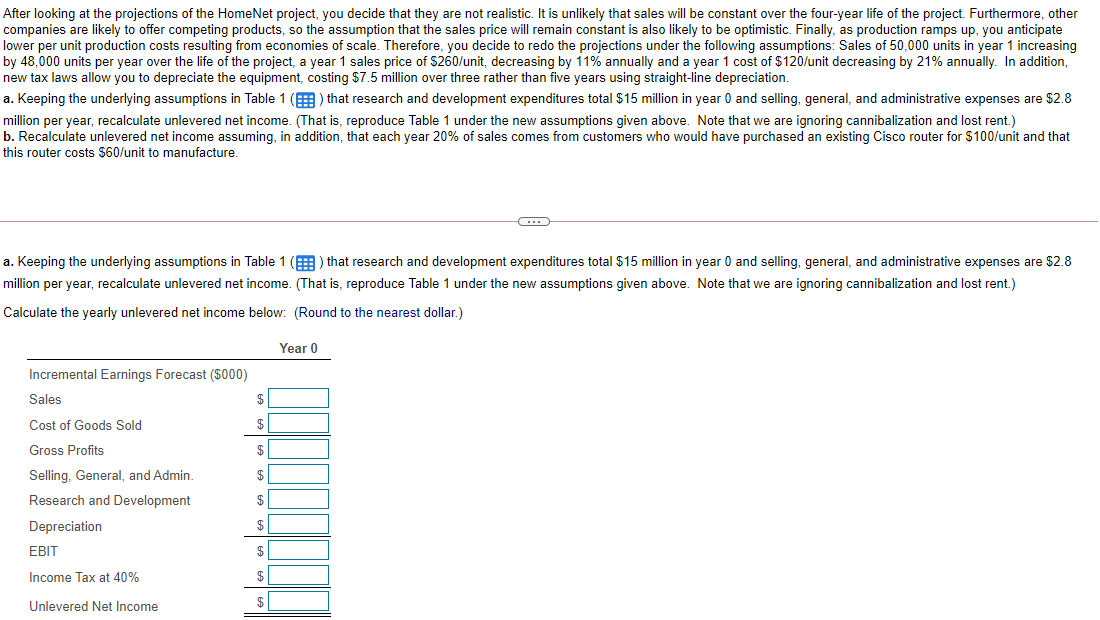Answered step by step
Verified Expert Solution
Question
1 Approved Answer
After looking at the projections of the HomeNet project, you decide that they are not realistic. It is unlikely that sales will be constant over

Step by Step Solution
There are 3 Steps involved in it
Step: 1

Get Instant Access to Expert-Tailored Solutions
See step-by-step solutions with expert insights and AI powered tools for academic success
Step: 2

Step: 3

Ace Your Homework with AI
Get the answers you need in no time with our AI-driven, step-by-step assistance
Get Started


